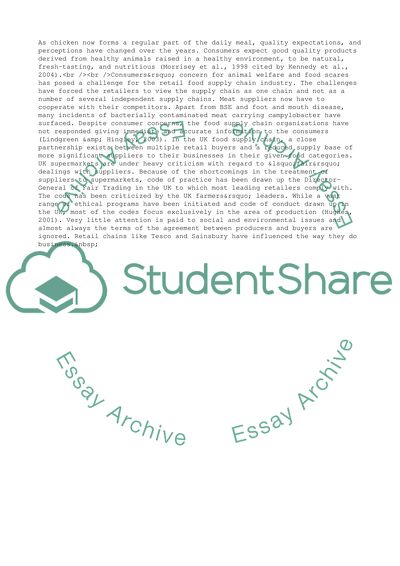Cite this document
(The Modern Chicken Supply Chain Integration Case Study - 1, n.d.)
The Modern Chicken Supply Chain Integration Case Study - 1. https://studentshare.org/business/1707548-contemporary-management-issues
The Modern Chicken Supply Chain Integration Case Study - 1. https://studentshare.org/business/1707548-contemporary-management-issues
(The Modern Chicken Supply Chain Integration Case Study - 1)
The Modern Chicken Supply Chain Integration Case Study - 1. https://studentshare.org/business/1707548-contemporary-management-issues.
The Modern Chicken Supply Chain Integration Case Study - 1. https://studentshare.org/business/1707548-contemporary-management-issues.
“The Modern Chicken Supply Chain Integration Case Study - 1”. https://studentshare.org/business/1707548-contemporary-management-issues.


